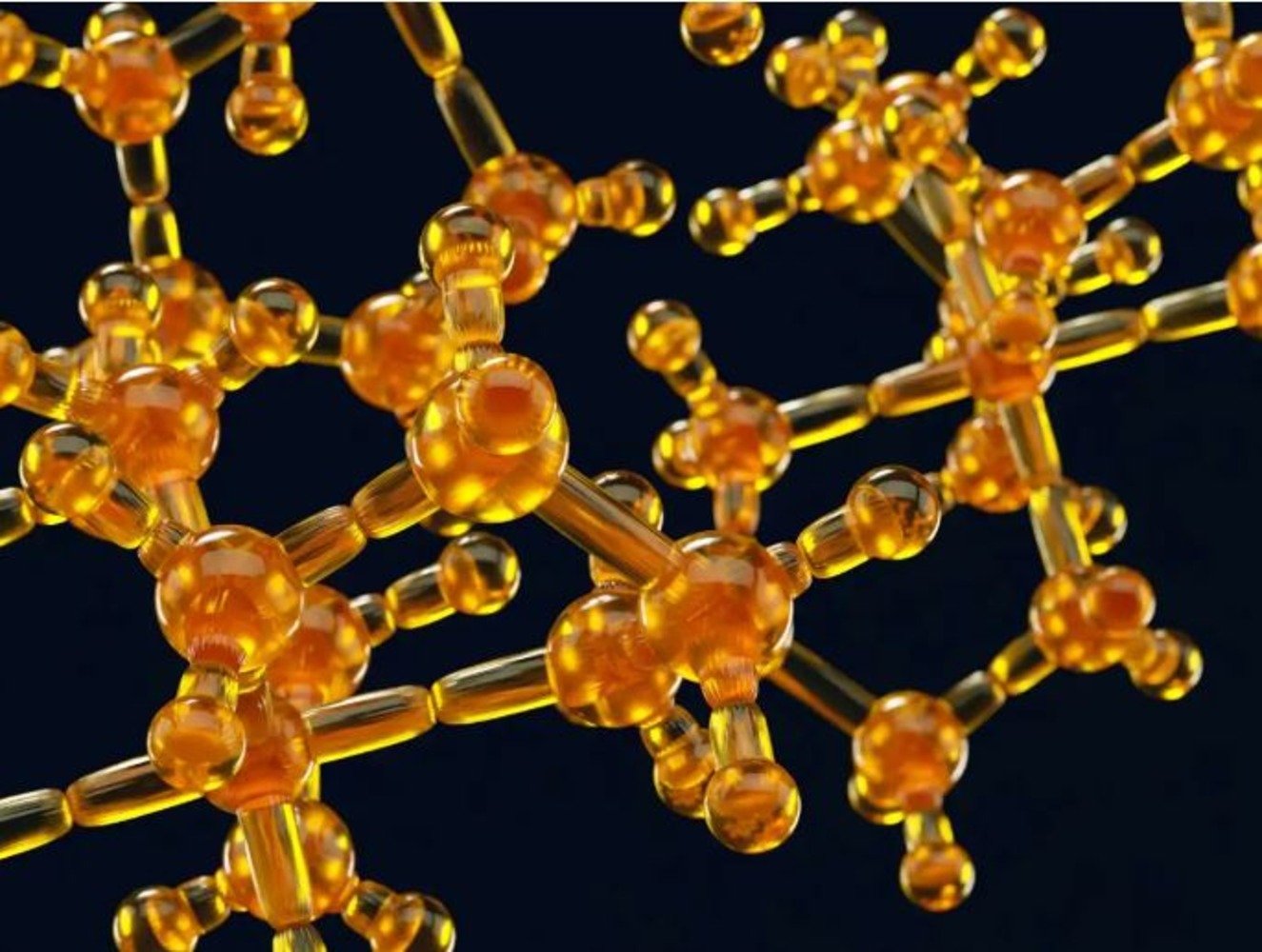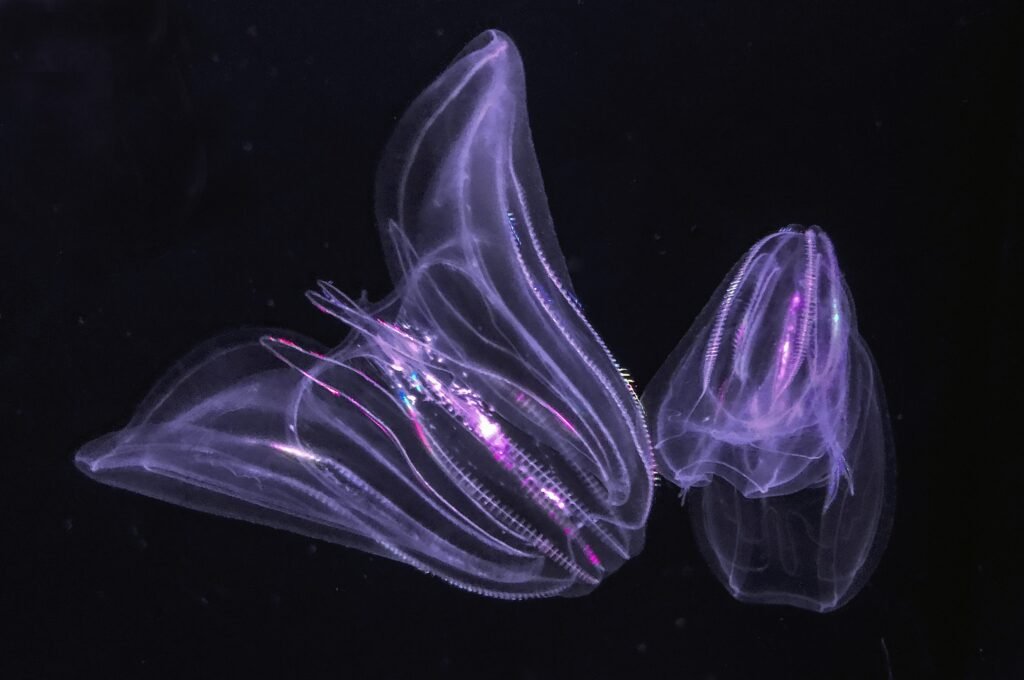Scientists made new Guinness Record for smallest & tightest knot
Scientists have made a new Guinness World Record ever for the smallest and tightest knot made up of only 54 atoms. This tiny phenomenon made a “trefoil” knot that looks like a “three-leaf clover” and beats the old Guinness World Record.
However, the structure of a knot that loops three times with no loose ends is significant in this discovery. According to Gizmodo, scientists achieved a spot in the Guinness Book of World Records by creating the small and tight-knit knot.
Scientists from the University of Western Ontario in Canada and the Chinese Academy of Sciences made this new Guinness Record. Hence, they achieved this milestone by breaking the 2020 record set by scientists in China who built a similar knot with 69 atoms.
Although the strength of the molecular knot grows as the number of atoms to back crossings decreases. The 2020 knot has a backbone crossing ratio (BCR). However, the recent record holder has a lower BCR of 18. This advancement takes scientists closer to understanding the tiny knots in DNA, RNA, and proteins in our bodies.
This unexpected achievement happened during research with metal acetylides. They are required for organic chemical processes. When linking gold acetylide to a diphosphine ligand, the scientists generated a trefoil knot rather than the expected gold or catenane.

Click here to read the updates on Scientists’ Experiment on Chemical Reaction by 100 Billion Times
The lead researcher, Richard Puddephatt, from the University of Western Ontario, expressed confusion about the process. He said it is such a complex mechanism. They don’t know how it works.
However, this remarkable discovery may play a significant role in the production of advanced substances like plastics and polymers.
According to the research team, molecular knots are not easy to synthesize. They play essential roles in protein structure and function and in building invaluable molecular materials. Their properties vary with the size of the knotted structure. However, the journal Nature Communications published the work of this team and described it as “metallaknot.”
Read More:
- Sea creature turns into a baby when it is stressed out showing time travel
- Realme Narzo 70 Turbo 5G launch date, features, specifications & price
- European Space Agency printed 3D metal part in space for first time
- Earth’s mysterious Alaska triangle where over 20,000 people disappeared
- Philips Hue launched a new smart lighting solution for kitchen
- NASA to launch life-searching spacecraft to Jupiter’s moon Europa
Share this content:










Post Comment